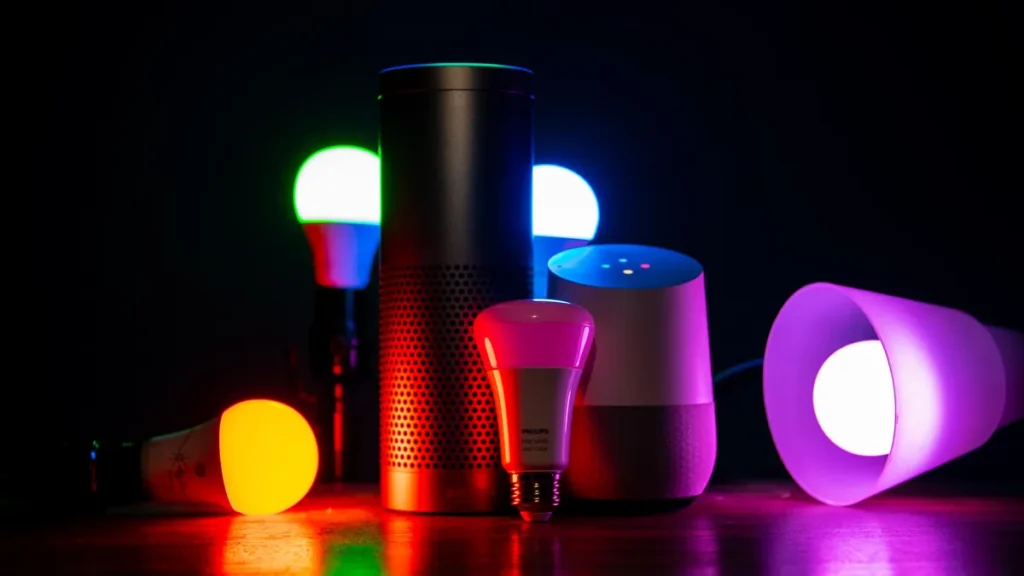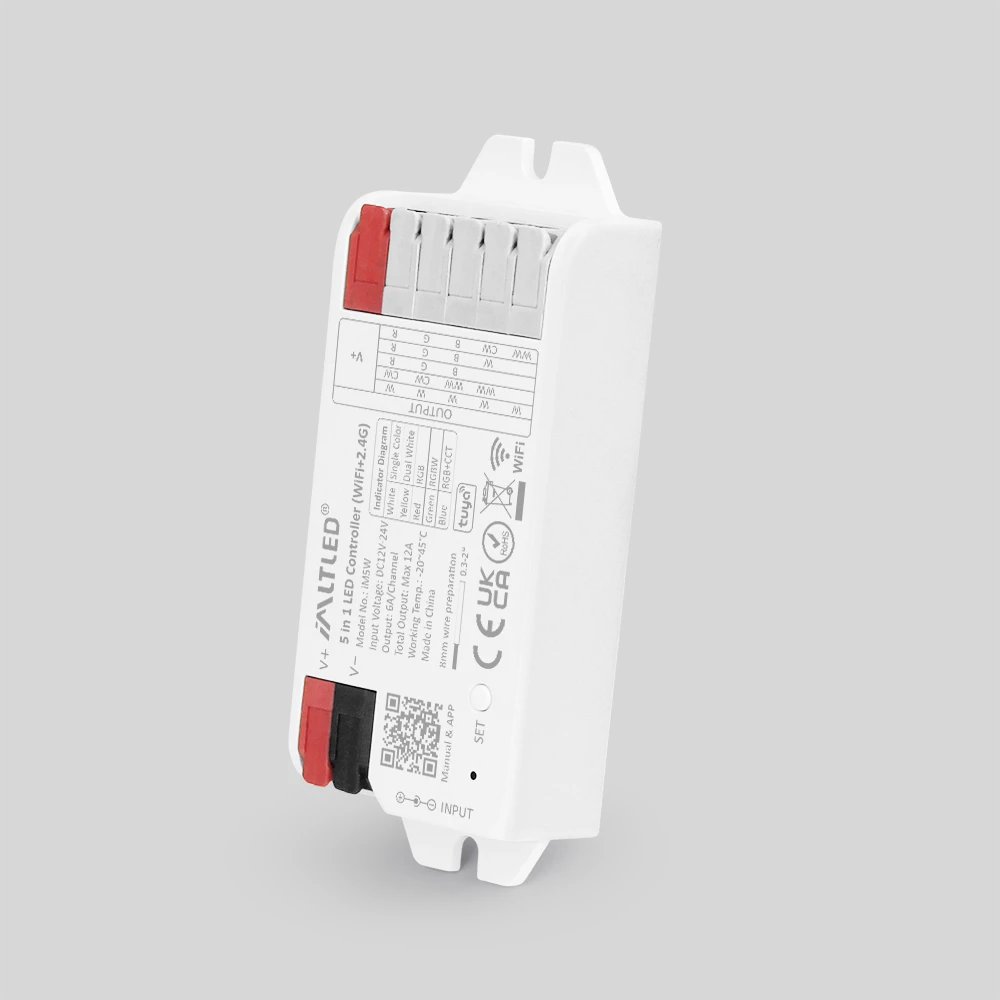In the evolving landscape of smart home technologies, connectivity protocols play a pivotal role in ensuring seamless communication between devices. One protocol that has garnered significant attention in recent years is the Thread protocol. Particularly in the domain of smart lighting, Thread presents promising opportunities to enhance device interoperability, reliability, and user experience. This article aims to provide an in-depth understanding of what the Thread protocol is and explore its applications within the smart lighting industry. auoky.com
What is the Thread Protocol?
Thread is a low-power, wireless mesh networking protocol designed specifically for Internet of Things (IoT) applications. Developed by the Thread Group—a consortium comprising industry leaders such as Google Nest, ARM, and Silicon Labs—Thread was introduced to address the shortcomings of existing wireless protocols in smart home environments.
Unlike traditional protocols like Wi-Fi or Bluetooth, Thread employs IPv6-based networking over IEEE 802.15.4 radio standards. This design offers several advantages:
- Mesh Networking: Thread devices form a self-healing and robust mesh network where each device acts as a node, allowing messages to be routed efficiently even if some nodes fail or drop out.
- Low Power Consumption: Thread was engineered with battery-operated devices in mind, ensuring that devices like smart bulbs or sensors can run for extended periods without frequent battery replacements.
- IPv6 Support: Each Thread device has a unique IP address, facilitating direct and secure communication across the network and compatibility with existing Internet infrastructures.
- Security: Thread incorporates robust security measures using AES-128 encryption to protect data integrity and privacy.
- Scalability: The protocol supports networks with up to 250 devices on a single mesh, ideal for complex smart home setups.
Thread’s Place Among Smart Home Protocols
Smart homes rely on diverse communication standards including Wi-Fi, Zigbee, Z-Wave, Bluetooth Mesh, and now Thread. Each protocol has unique strengths and limitations. Compared to Zigbee and Z-Wave, Thread’s IP-based architecture simplifies integration with cloud services and internet devices, eliminating the need for custom gateways or bridges. Compared to Wi-Fi, it offers lower power consumption and better network resilience in mesh topologies.
Applications of Thread Protocol in Smart Lighting
Smart lighting is one of the earliest and fastest-growing segments in the IoT domain. The demand for flexible, reliable, and energy-efficient lighting solutions has made it a natural fit for protocols like Thread.
Here are several key applications of Thread in smart lighting:
1. Reliable Mesh Networking for Large Installations
Lighting systems, particularly in commercial or multi-room residential settings, require robust networking that can cover expansive areas without dead spots. Thread’s mesh networking allows smart bulbs, switches, sensors, and luminaires to communicate with each other directly and maintain connectivity even if some nodes fail. This self-healing capability ensures that lights respond correctly to user commands or automation triggers throughout the environment.
2. Improved Energy Efficiency
Thread is designed to minimize power consumption, which is critical for battery-operated smart lighting components such as wireless wall switches, motion sensors, or daylight sensors that interact with lighting systems. These sensors can relay real-time information across the network to optimize lighting usage — turning lights off when rooms are unoccupied, or adjusting brightness based on ambient light.
3. Simplified Device Commissioning and Interoperability
In smart lighting, ease of setup is essential. Thread supports streamlined device onboarding through automated network configuration and IP-based addressing. This reduces the complexity often associated with adding new bulbs or switches to an existing system. Moreover, Thread’s IP compatibility enhances interoperability among devices from different manufacturers, ensuring a more cohesive user experience.
4. Low Latency and Responsive Control
Lighting control demands near-instantaneous response times for dimming, color changes, or switching. Thread’s protocol architecture enables low-latency communication between devices and controllers, whether via smartphone apps, voice assistants, or dedicated panels. This responsiveness enhances the usability and appeal of smart lighting systems.
5. Secure Communication for Privacy Protection
Light controls can be vulnerable to hacking or unauthorized manipulation. Thread’s built-in security protocols protect the integrity of lighting commands and user data, giving consumers confidence that their smart environments are protected.
Real-World Implementations and Industry Adoption
Several prominent smart lighting products and platforms have embraced Thread:
- Google Nest and Thread: Google has integrated Thread into its Nest ecosystem, offering Thread-enabled bulbs and switches designed to work seamlessly within their smart home environment.
- Manufacturer Collaboration: Companies like Signify (the maker of Philips Hue) have announced plans to support Thread to improve device interoperability and network reliability.
- Matter Standard Integration: The upcoming Matter protocol, an industry-wide smart home standard, incorporates Thread as its primary network layer for low-power devices, including lighting. This further accelerates Thread’s adoption in smart lighting as Matter-certified products gain momentum.
Challenges and Future Outlook
While Thread presents numerous advantages, there are still challenges which the industry is addressing:
- Ecosystem Maturity: Thread is relatively newer compared to Zigbee or Wi-Fi, meaning device availability is still catching up.
- Gateway Requirements: Though Thread devices connect directly using IP, integration with cloud services often requires a border router (such as a smart home hub or router supporting Thread), adding some complexity.
- Consumer Awareness: Broad market penetration depends on educating consumers and installers about Thread’s benefits.
Despite these challenges, the outlook for Thread in smart lighting is optimistic. As smart homes become more sophisticated and the need for interoperable, low-power, secure networks grows, Thread is well-positioned to become a foundational technology.
Conclusion
The Thread protocol represents a significant advancement in wireless connectivity for IoT devices, particularly in smart lighting applications. Its low-power, secure, scalable, and IP-based mesh networking capabilities make it ideal for creating responsive, reliable, and energy-efficient lighting solutions. As the smart home ecosystem evolves, Thread’s integration with emerging standards like Matter will further streamline interoperability and user experience.
For manufacturers, developers, and consumers alike, understanding the Thread protocol is crucial for navigating the future of smart lighting and broader IoT innovations. Embracing Thread technology can help unlock the full potential of intelligent lighting systems—delivering convenience, efficiency, and enhanced control for users worldwide. auoky.com


